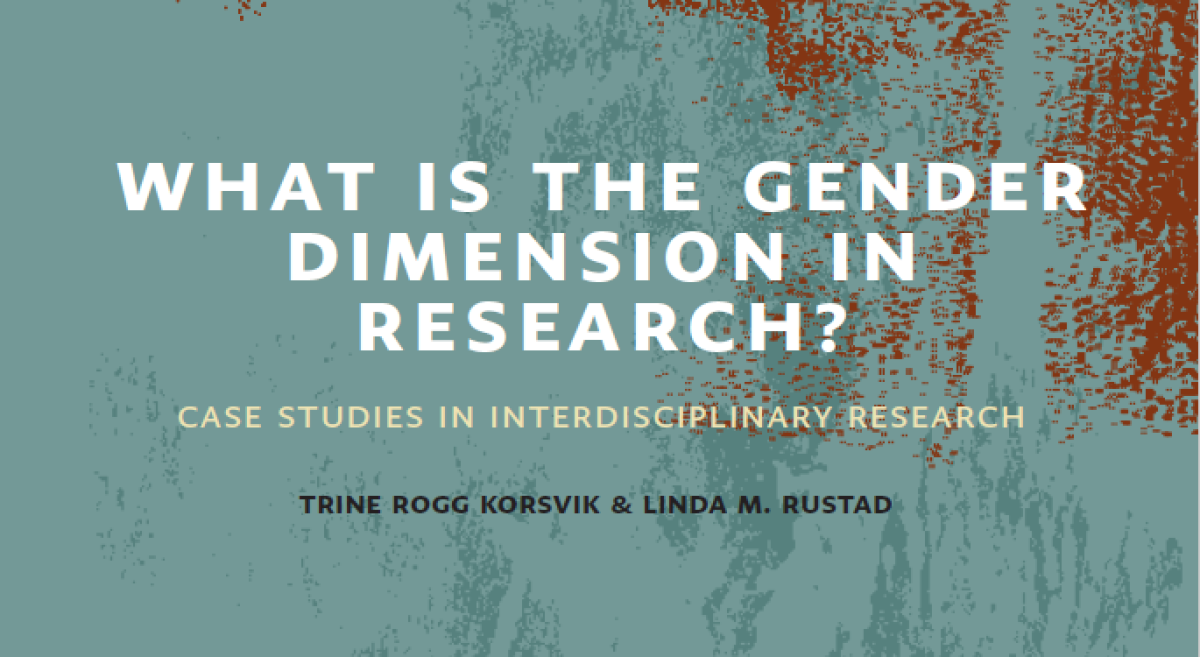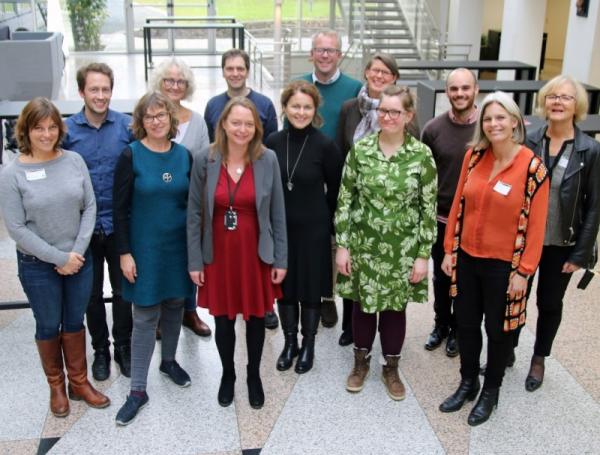Integrating the Gender Dimension in Research

Download «What is the Gender Dimension in Research?»
The booklet is also available in Spanish: «¿Qué es la dimensión de género en el ámbito de la investigación? Casos de estudio en la investigación interdisciplinar»
Horizon 2020 and other research funding programs require researchers to explore whether and how the gender dimension is relevant to their research, and to describe how this is considered in the project's content. However, what does the gender dimension imply?
In this project, we are collecting and presenting good examples, ideas and guidelines demonstrating how gender dimensions might effectively be integrated in research within various topics. The target group is researchers who want to learn more about gender perspectives, also within fields where these perspectives do not necessarily seem obvious.
According to Horizon 2020, integrating the gender dimension in research is an added value in terms of excellence. It helps researchers question gender norms and stereotypes, and to rethink standards and reference models. It leads to an in-depth understanding of the needs, behaviours and attitudes of both genders. It also enhances the societal relevance of the knowledge, technologies and innovations produced.
In Kilden's booklet «What is the Gender Dimension in Research?» we present case studies from research fields such as:
- Health and well-being
- Food, agriculture and fisheries
- Energy
- Transport
- Environment and climate
- Safe societies
In addition to case studies, the booklet provides a brief introduction to some key concepts concerning gender in research, as well as a checklist, or a guide, on how to include gender perspectives in research projects.
A group of 12 researchers is associated with the project. The researchers represent a wide range of disciplines and have different experiences from integrating gender dimension into their research.

Project manager is Senior Advisor Trine Rogg Korsvik: trine@kilden.forskningradet.no